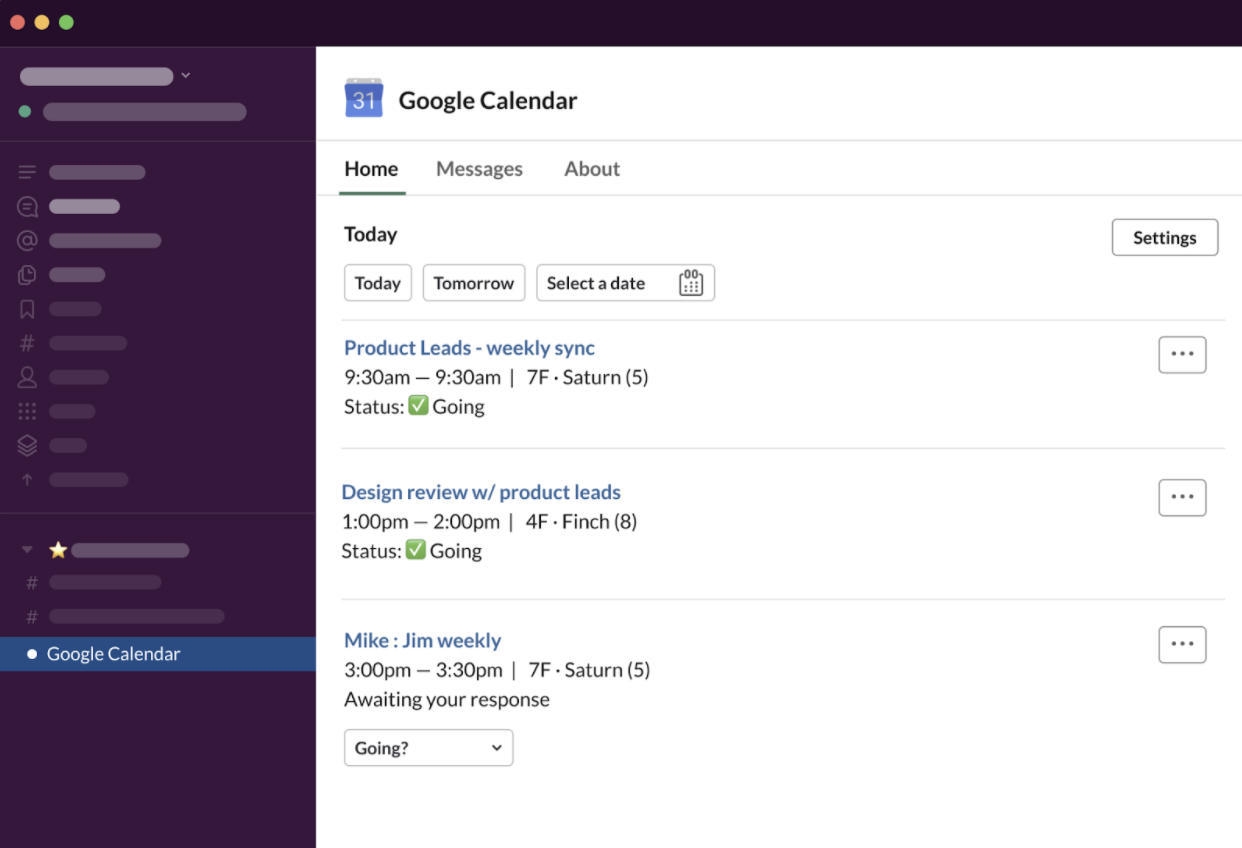

Zoom finally offers end to end encryption (E2EE)! No more #zoombombing This is an amazing feature for corporate meetings. Zoombombing is a form of Zoom trolling where users exploit the screen-sharing feature and show questionable videos. Later on, authorized users can access them, even if they were not originally in attendance.Ī useful tip here: administrators can limit access to just pre-approved IP addresses, even if the recording has already been shared. Mind the cloud recording featureīut maybe you won’t feel like smiling once you realize everything you do in a Zoom meeting is under intense scrutiny.įor example, a host can record a meeting and save all active chats’ transcripts to the cloud. If it’s not mandatory, keep your camera off, or switch to a different device for other tasks.

Let’s say you take notes, read a document, or chat (online) with a colleague. Zoom, the popular video-conferencing tool, has a built-in tracking feature that allows your meeting host to see if you are paying attention to the video conference.

Here’s how to mind your privacy when using Zoom, Slack, Google, and Microsoft Teams to work from home. Have you done these things already? Well, don’t worry, I’m here to teach you how to make things right. Or when you send sensitive business information or personal account details through Slack. If this is the first time you heard these jokes, feel free to share with any remote worker who might enjoy them.ītw, we all know sharing is caring, but that is not the case when it comes to collaborating with colleagues on Google Docs, for instance. When you work from home, pants are optional, and a Tuesday can look pretty much like a Saturday.


 0 kommentar(er)
0 kommentar(er)
